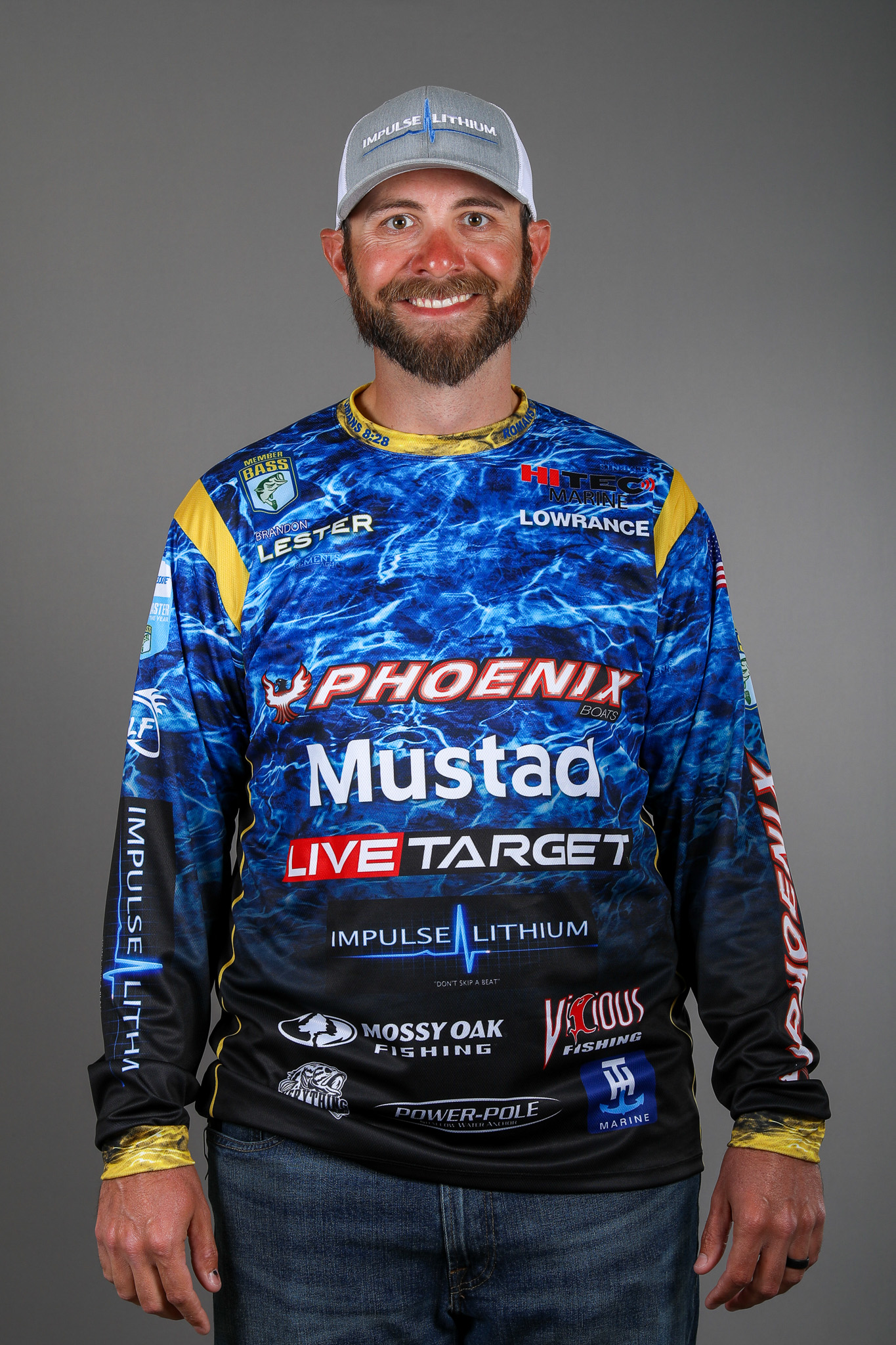
I build all the fishing rods I use on the Bassmaster Elite Series myself, and I want to share with you why I do.
As fishermen, we always try to marry our gear, tackle and techniques to the conditions, locations and species we are targeting. Yet, it wasn’t until a few years ago that I started applying that philosophy to the rods I fished with.
A good analogy is to compare your fishing rod to a golf club. When you play golf, every shot requires a different club. Pick one with not enough loft, and you may send the ball over the green. Use one with too much loft, and you may not even reach the green.
The same goes for a fishing rod. I have several rods I built just for flipping and punching, some specific to drop shot, several more for worming, and even more for frogging, cranking and top water.
You see, I used to buy fishing rods off the shelf and try to find one that I could best shoe horn into a fishing application. Now I consider what the fishing application requires first, then I build a custom fishing rod around the requirements for that specific application – the way I want it built. Although I currently have around 25 fishing rods I built and use on tour, I want to share with you the first rod I built and why.
For my first custom rod, I wanted to build a great all-around bass fishing rod. The first thing I looked at was the action I needed. The “action” of a rod is basically where the rod flexes along the blank. The faster the action is, the higher the rod will flex near the tip. The slower the action is, the rod will flex further down towards the butt section. For bass fishing I like a fast action, so that was a requirement for me.
The second thing I looked at was the power I needed. The “power” of a rod is basically how much pressure it takes to flex the rod. Different rod powers are engineered to efficiently handle a certain range of lure weights and line sizes. For an all-around bass fishing rod, I will be using lures in the 1/4 to 3/4 ounce range, with line in the 14-17 pound test range. That equates to a rod blank that has a Medium-Heavy power.
I use MHX rod blanks exclusively, and the MHX MB843 fits these requirements perfectly. It is 7 feet in length, supports my line and lure requirements, has a nice slate finish and MHX rod blanks are lightweight and super sensitive. I also wanted to keep the overall rod weight down as much as possible to reduce fatigue and increase accuracy, so a few more customizations were needed that are not available with a conventional “off-the-shelf” setup.
For the handle assembly, I like a split grip handle, but I just wanted to use a cone above the reel seat instead of having a fore grip I’ll never use. To further reduce the overall weight, I wanted to use smaller guides, which are not only lighter (and use less thread and epoxy when building the rod), but actually increase casting distances and improve accuracy.
Once I had all my requirements, I then went about buying those parts and building my custom bass fishing rod.

If you want to build the custom bass fishing rod I just mentioned, click here to visit Mud Hole Custom Tackle.
Together we developed a turnkey rod building kit for bass fishing that literally includes everything you need to build your own custom fishing rod including the fishing rod blank, components and supplies. They even include an instructional DVD and rod building book.
Building my own fishing rods has really helped me fish different applications more effectively, and has also become an enjoyable hobby. Give it a try!

